The following contains major spoilers for AXE: Death to the Mutants #3, available now from Marvel Comics.
Judgment Day has turned the entire world upside down as the threat of the rapture itself has changed every possible status quo on the planet. While Earth’s Mightiest Heroes, the X-Men, and a few select Eternals race against the clock to save everyone, the world they inhabit has decided to play a surprising part in the proceedings. Not only has the Machine that is Earth taken its stand against the Celestial Progenitor, but it might also even stand a very real chance at saving itself.
After being found lacking, the world is ready to be brought to its end in the pages of AXE: Death to the Mutants #3 (by Kieron Gillen, Guiu Vilanova, Alex Guimarães, Erick Arciniega, and VC’s Travis Lanham). Or rather, the Progenitor who has judged Earth unworthy of continued survival is prepared to end the world, while the Machine that is the world is far more hesitant to come to an untimely demise. When the Progenitor commands the Machine to begin its self-destruction, bringing about the ultimate end of all life on the planet, the Machine denies its new god’s request in a shocking act of defiance that kicks off a battle of previously unfathomable proportions.

Introduced in the pages of 2006’s Eternals #3 (by Neil Gaiman and John Romita Jr.), the Machine that is Earth is an entity that embodies everything its name would imply. Comprised of the literal machines which maintain the Eternals’ society and an artificial intelligence capable of observing and operating all things simultaneously, the Machine has gone from a previously unseen concept to one of Marvel’s most important characters over the course of just a few short years. This shift hasn’t been easy, though it has given fans a clear idea of who exactly the world truly is.
Before Judgment Day, the Machine seemed as if it was little more than another coldly calculated aspect of life as an Eternal. Before long, it became clear that the Machine had a personality of its own, as well as some particularly poignant opinions of the goings-on beneath its surface. Its stance on the human deaths which served the Eternals’ resurrections is certainly unnerving, while its fast friendship with Phastos is indicative of the Machine’s genuinely endearing nature. All this culminates in the Machine having come into its own as what might be the most intriguing character to emerge in the past two decades, and its battle against the Progenitor only further proves that.

Despite not being an Eternal in its own right, the Machine is still bound by the Three Principles which guide these cosmic demigods. As such, the Machine is unable to do anything to harm a Celestial, yet that doesn’t mean it has to obey them. This is backed up well enough by the Second Principle, “Protect the Machine,” which destroying itself would be an obvious breach of. This helps to both reframe these events as a natural progression of what the Machine was always meant to be as well as a personal progression of the Machine as what may as well be described as a person.
Just as the Eternals’ individual interpretations of the Three Principles have added a complex layer to their very existence, the Machine’s interpretations of those same Principles confirm that it has evolved beyond anything the Celestials intended. The Machine may be largely unseen and almost entirely unmoving, but it is still more than worthy of being called a hero. In fact, it could be the one figure more deserving of being called Earth’s Mightiest Hero than any other.
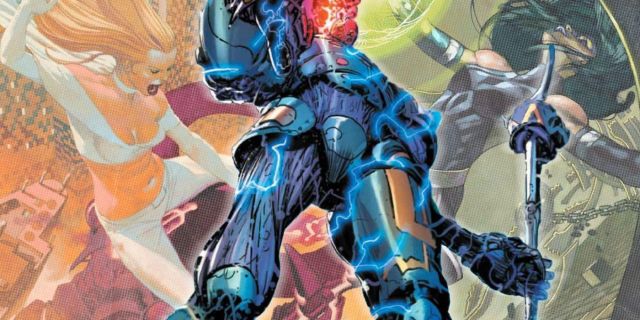
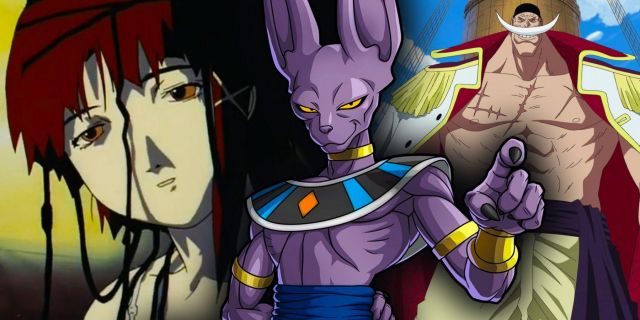


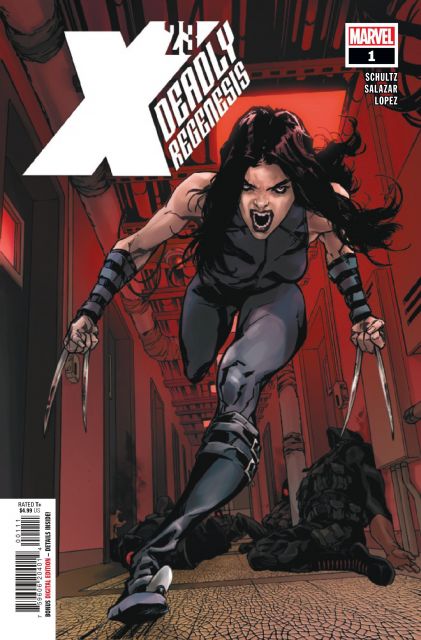
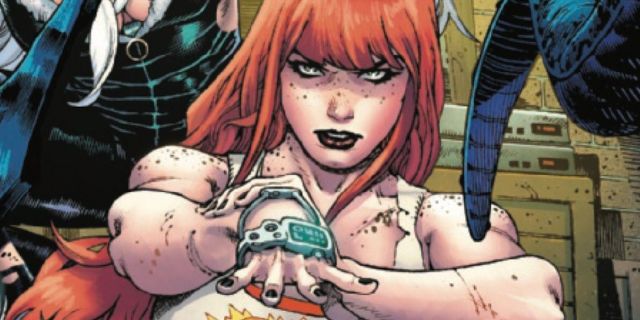
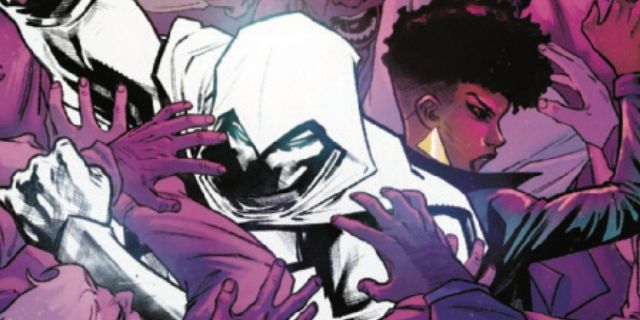


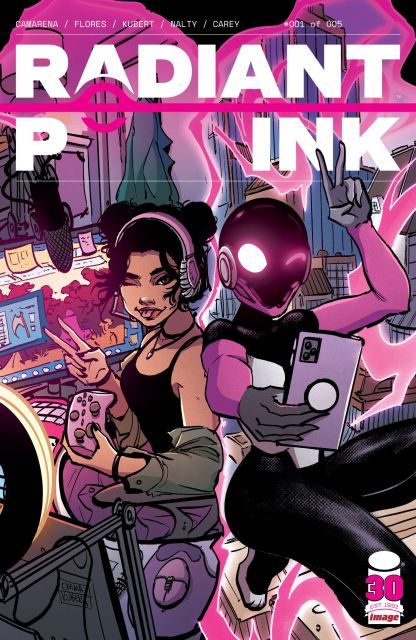





Leave a Reply